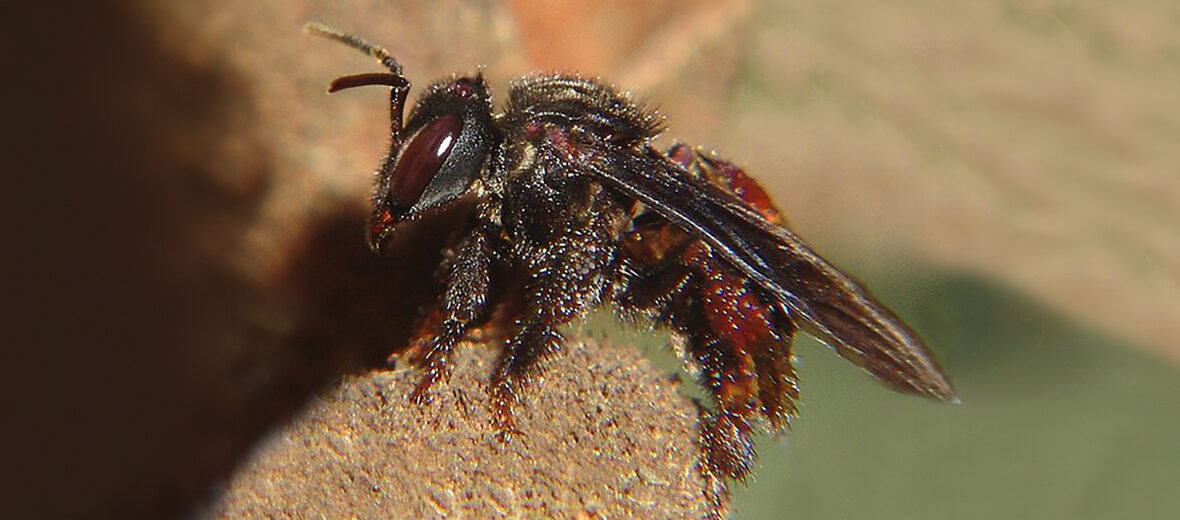
The vulture bee, aka carrion bee, is closely related to the South American stingless bee. Unlike honey bees, these bees feast on rotting flesh. These critters also produce a substance from the meat they eat. They prefer rainforests and jungles found throughout South America and Mexico. Vulture bees are not currently listed with the IUCN.
First the Stats…
Scientific name: Trigona hypogea
Length: Up to .87 inch
Lifespan: Unknown
Now on to the Facts!
1.) Vulture bees create a substance similar to royal jelly which, unlike honey bees, doesn’t come from nectar, but from the protein-rich secretions of the bees’ hypopharyngeal glands.
2.) This royal jelly production has led to the idea that they produce what is called “meat honey”.
3.) These bees typically enter the dead animals through their eye sockets to gain access to the rotting flesh.
4.) Once inside the skull of the dead animal, the vulture bee will salivate on the decaying flesh and then consume it, then they store the flesh in their crop.
5.) As soon as a forager bee returns to their nest, the masticated meat is then regurgitated into what is called a storage pot.
But wait, there’s more on the vulture bee!
6.) The matter is then eaten by a worker bee and processed by its extremely acidic stomach, which is specialized to aid in breaking down the meat.
7.) The bee then produces a special liquid from its hypopharyngeal glands (which is the same gland used by honey bees to make royal jelly), re-secreting the proteins as a rot-resistant, edible glucose product.
Did you know…?
The production of “meat honey” was only discovered in 1982, practically 2 centuries after the bees were initially classified.
8.) The protein-rich secretions are later stored in pot-like crevices inside the nest until it’s time to feed the juvenile bees.
9.) Meat honey produced by vulture bees is said to be a pleasant tasting and sweet smelling honey-like liquid.
10.) While these bees can’t sting, they can bite and are known for becoming extremely defensive if threatened.
But wait, there’s still more on the vulture bee!
11.) They utilize the teeth on their mandibles along with the acidic bacteria to add a punch to their bites.
12.) These are the only known carnivorous bees.
13.) That being said, there are 3 known species of vulture bees.
14.) Vulture bees are diurnal (active during the day).
Now a Short Vulture Bee Video!
Be sure to share & comment below! Also, check out the Critter Science YouTube channel. Videos added regularly!
Want to suggest a critter for me to write about? Let me know here.
Some source material acquired from: Wikipedia & IUCN
Photo credit: José Reynaldo da Fonseca



